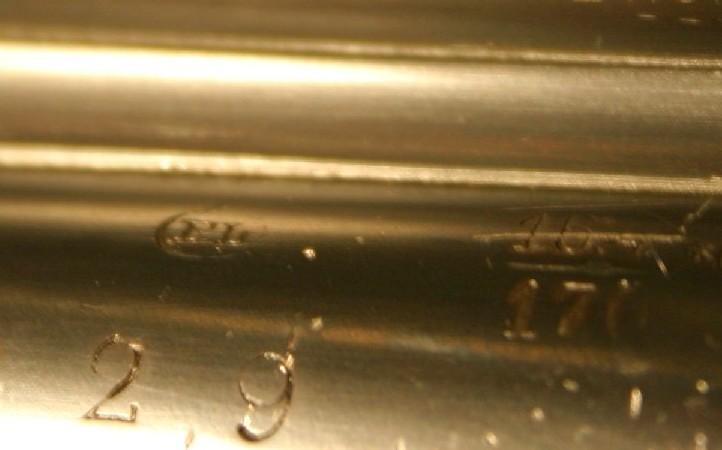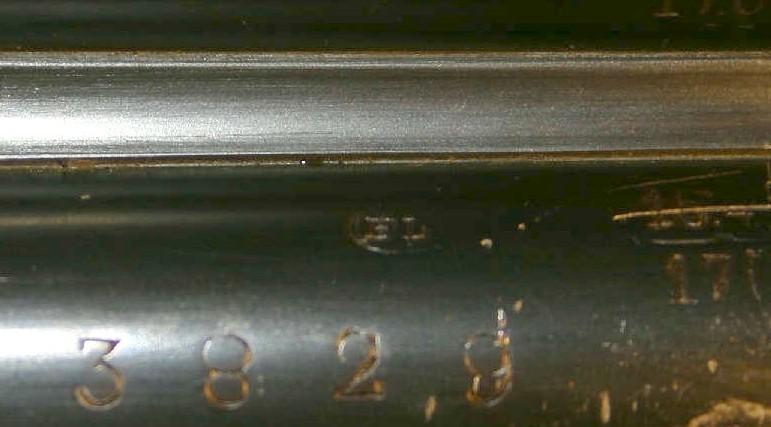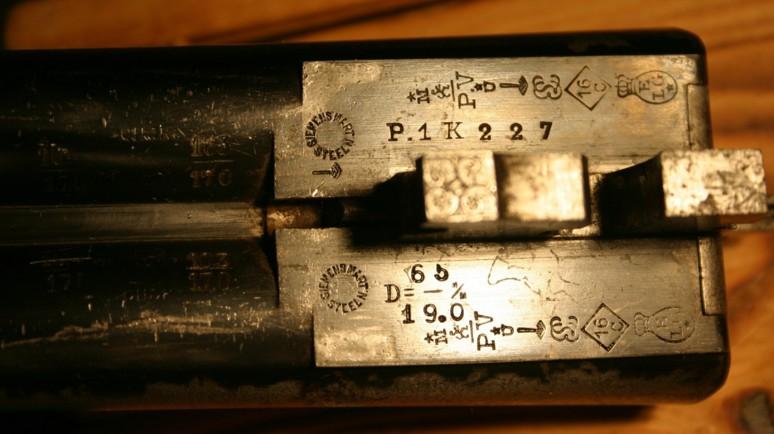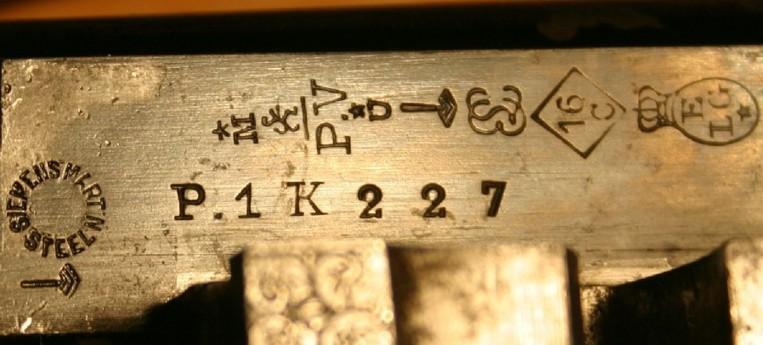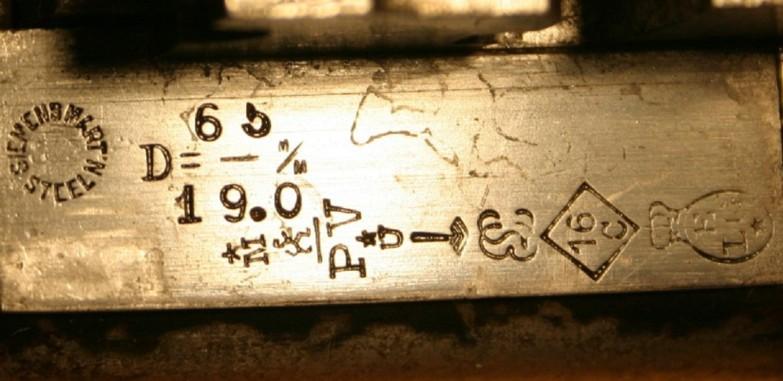Some of the most beautiful work of this craftsman, and many others, are in this book “Liège Gunmakers through their Work. 1800 - 1950”.
For more detail see: LIEGE GUNMAKERS
Emile WARNANT
It is a small pocket revolver of the “hammerless” type of Liège origin. The
barrel is round and short with a crescent front sight. The trigger without
trigger guard is foldable under the carcass. The squared plates seem to me to be
bakelite (to be checked). The weapon is equipped with a safety device placed on
the rear left flank. The caliber would be 7.65 (centre percussion) as indicated
on the carcass. The honeycomb barrel seems to me to be 6 shots (not visible on
the photos). A wand is placed under the barrel and can be manoeuvred without
detaching it.
The weapon bears the hallmarks of the Liège proofhouse, namely:
ELG* in a crowned oval: definitive acceptance, in use from 1893 to 1968.
EW spangled: brand of arms manufacturer
Emile Warnant
rue Lamarck, 99 in Liège. He was placed on the proofhouse from 1911 to 1934. He
is the depositary of 4 patents for inventions.
The weapon also bears the following markings:
24: This is probably the serial number.
L.Chobert Arq Bd Lafayette Paris: this is the Parisian dealer of this weapon.
Léon Chobert was an arquebusier in Paris from 1860 to 1889 and then in Saint
Etienne until 1931.
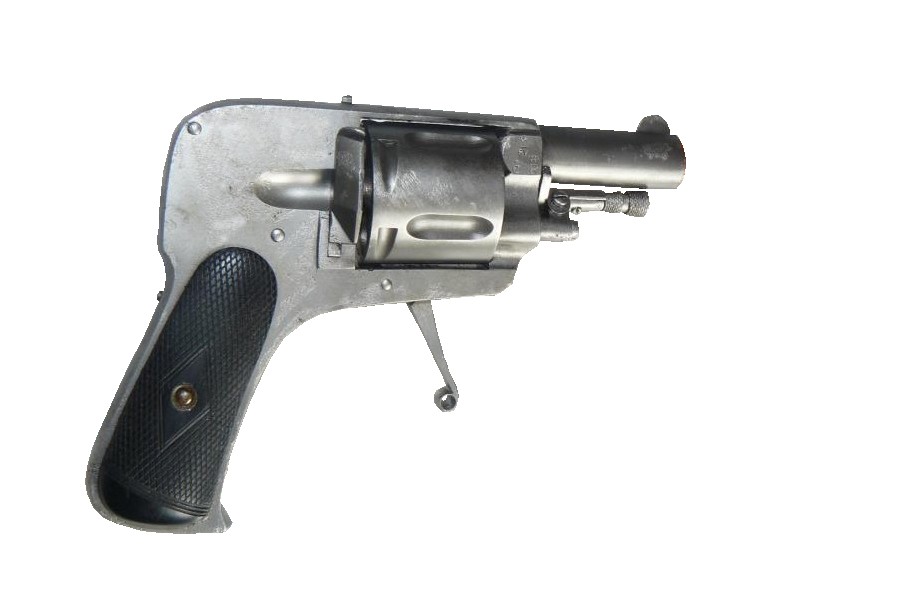
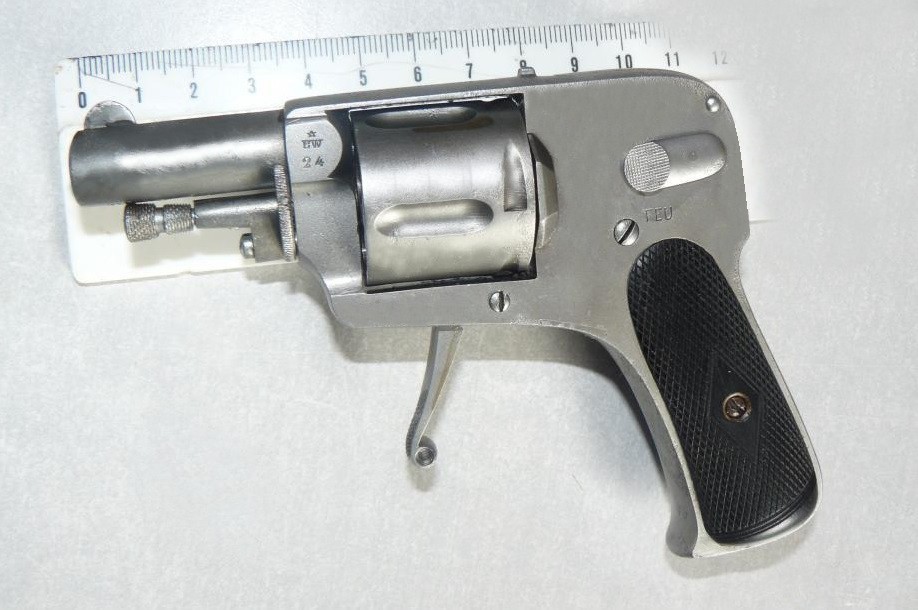

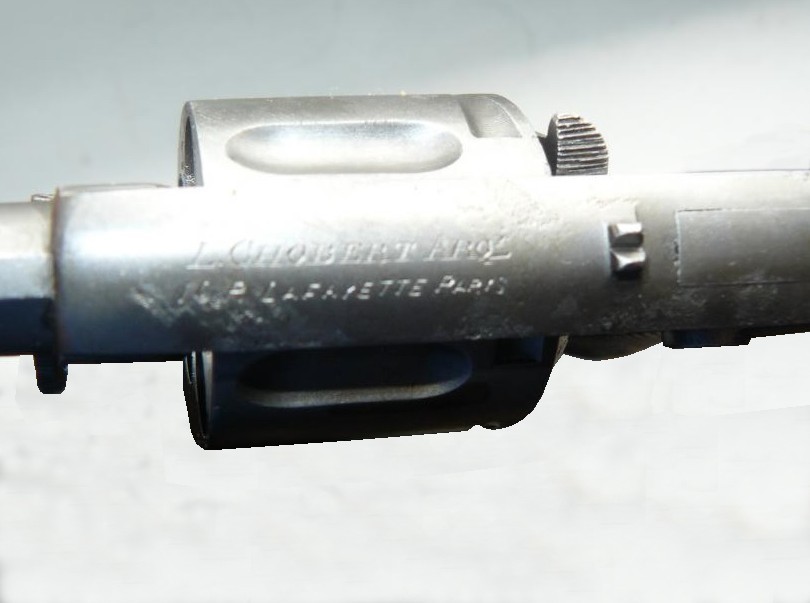
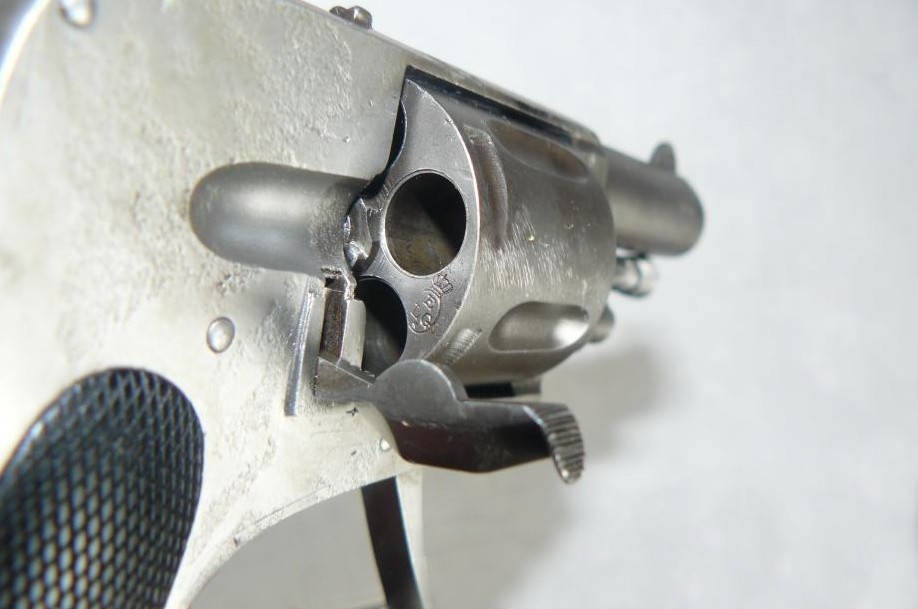
Emile WARNANT
It is a
hammerless revolver (called hunchback) of the “velo-dog” type if I believe the
long barrel with 5 cells. So the caliber "would" be of the 22 velodog – 6 mm?
The body of the weapon is sprinkled while the barrel and cylinder are tanned.
The weapon carries a manual safety at the rear of the left flank (marked SUR.).
The rifled barrel is round with notch and front sight in half-moon. The gun is
equipped with a rod pivoting on an axis, it must be inserted in turn into the
barrel cavities to unload the casings. Grips made of wood (walnut?) are gridded
and fixed with a central screw.
The
weapon bears the regulatory hallmarks of the Liège proofhouse, namely:
ELG* in a
crowned oval: definitive acceptance post 1893.
Crowned
R: striped gun, in use from 1894 to 1968.
AF*: (So
well read?) Countermark from the controller post 1877.
PV
surmounted by a stylized lion: smoke-free powder proof, in use from 1898 to
1968.
The
weapon also bears the following markings:
EW
spangled
: this is the brand of the arms manufacturer
Emile Warnant
rue Lamarck, 99 in Liège. He was placed on the bench from 1911 to 1934. He is
the depositary of 4 patents for inventions.
The
number 8 could be the serial number of the weapon.
GG
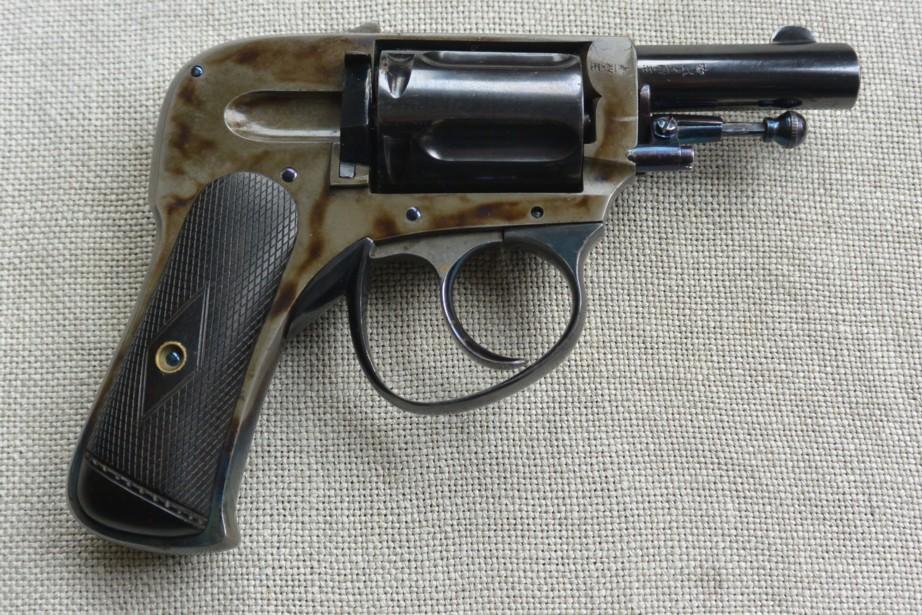
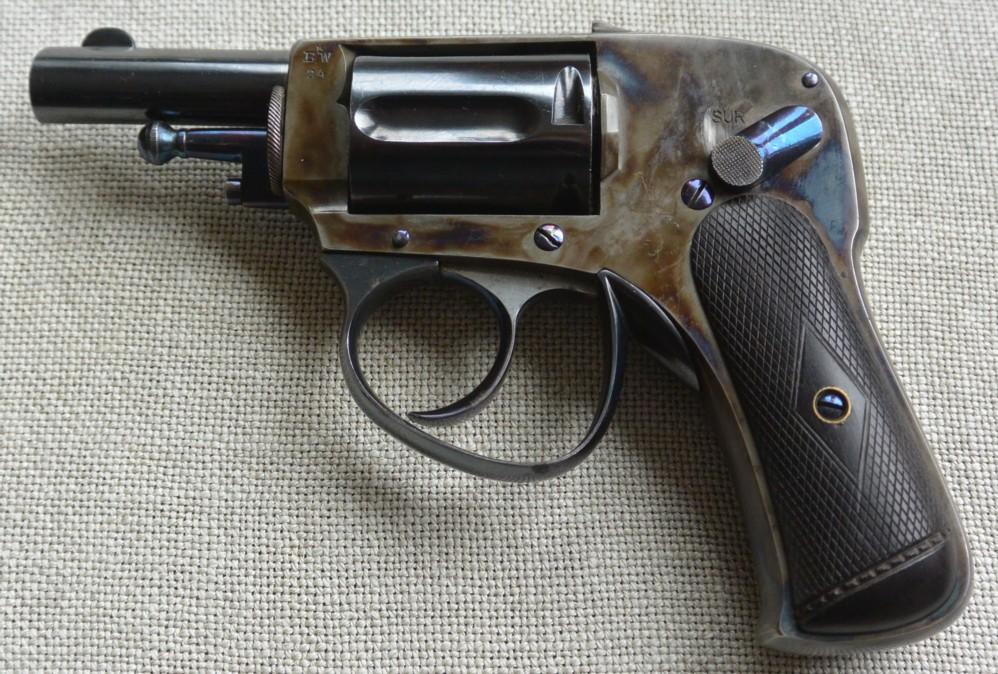
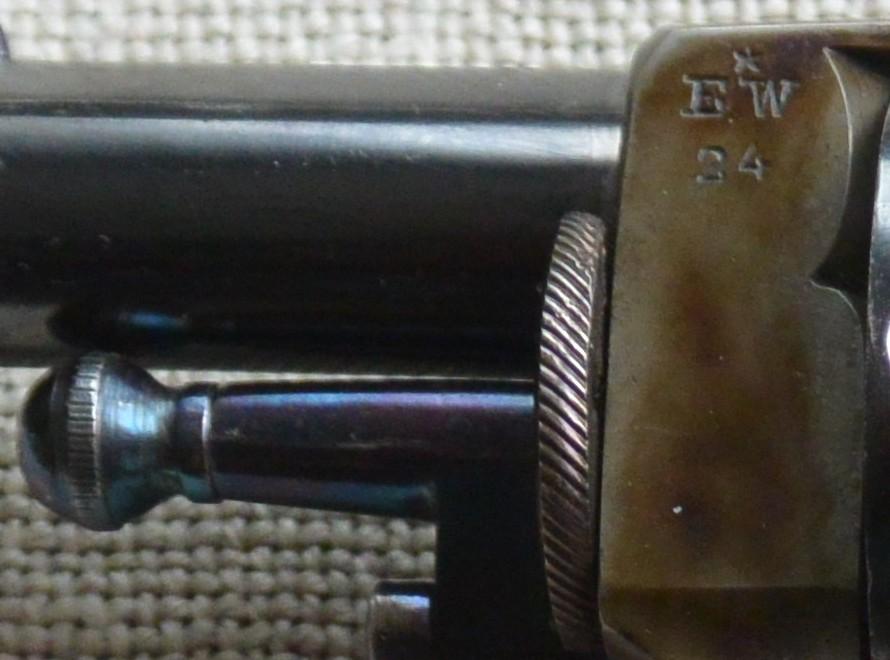
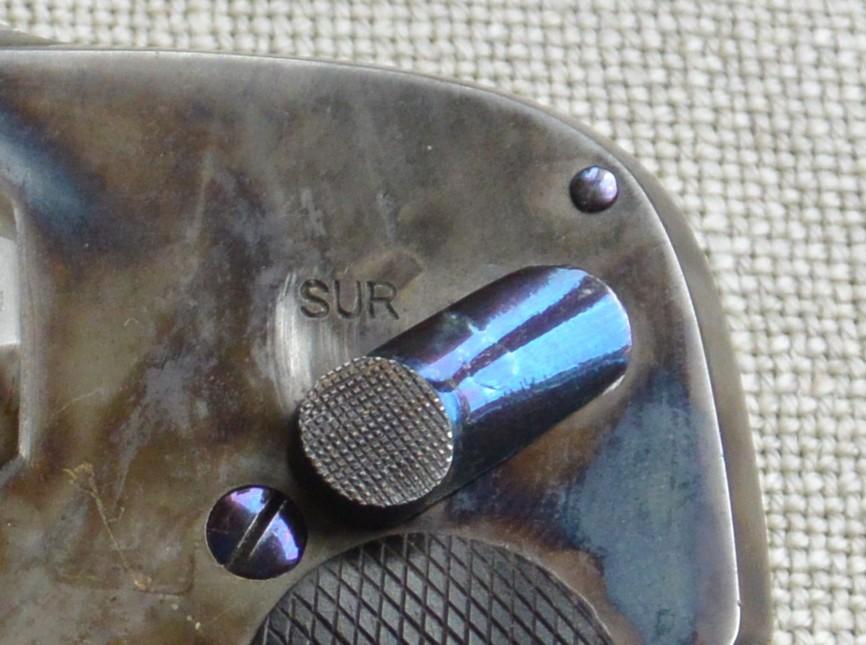
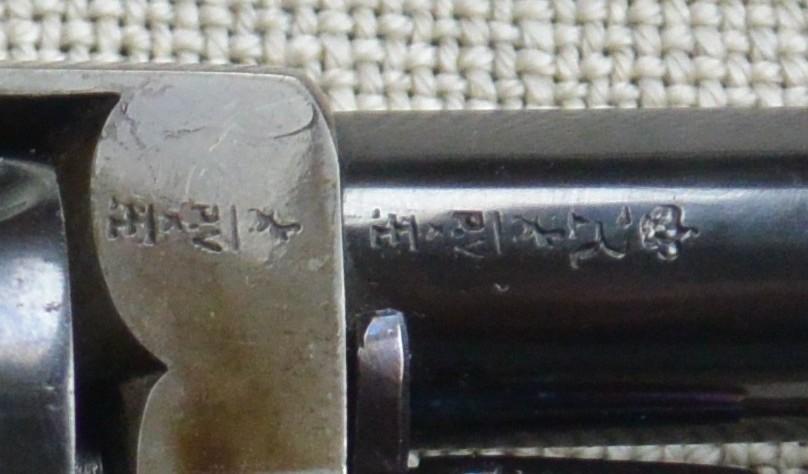
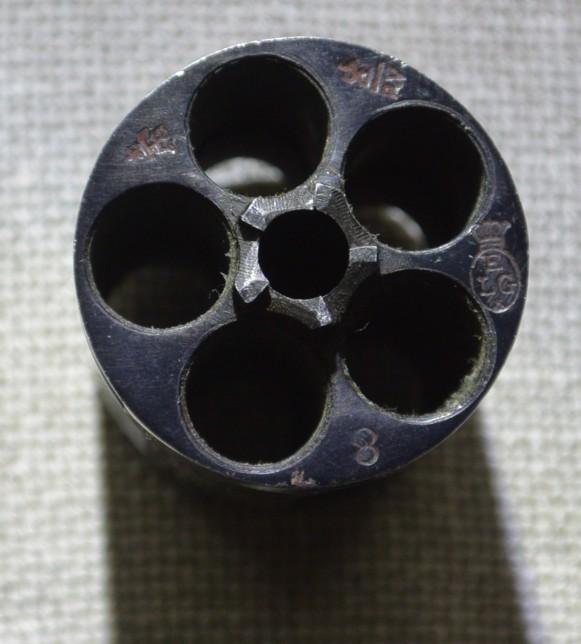
Emile WARNANT
Here is a
very classic Anson and Deeley rifle system made by Liège, specifically from
Emile Warnant, sold by Nicolas Bodson.
Markings
ELG on
star in crowned oval: acceptance, between 1893 and 1968;
EL:
provisional test, in use since 1852;
Lion on
PV: smokeless powder test, in use between 1898 and 1968;
Peron:
inspection, in use since 1853;
AB under
star: countermark of a controller, in use between 1877 and 1968;
12 C in
diamond: caliber; in use between 1898 and 1924 (June 30);
Choke
17.4 on 18.3 and 17.8 out of 18.3: choked guns in use between 1910 and 1924
(June 30)
D-65 mm
on 20.6: room length in mm and diameter in mm after optional test with smokeless
powder; in use between 1892 and 1924 (June 30);
P 1KG390:
weight of the barrel that can shoot smokeless powders, per gram, in use since
1924 (June 30);
Siemens
Martin Steel: the type of steel used
LLH: the
initials of gunner Laurent Lochet-Habran
EW under
star (and not under crown, as mentioned in the notice below; I concede that the
"quality" of the photo is not conducive to immediately distinguishing between a
star and a small crown...)
According
to a member of the team, the seller of the weapon should be Nicolas Bodson,
arquebusier, rue des Prébendiers, 14, in Liège ... around 1920. That's what he
found in a phone book.
"There
are obviously other N. Bodson referenced in "Who is who of the Liège Armory,"
but I think it is a mini-dynasty that traveled a little in the Amercoeur
district between the second half of the 19th century and the first half of the
20th century," explains the team member.
Observer
minds will have noticed that there are contradictions in the punches, three
(calibre, room length and chokes) having been in use until June 30, 1924, the
fourth (weight) having come into force on June 30, 1924... I don't have an
explanation...
Especially since the annual letters were introduced in 1922...
I do not
see any.
GP with the help of PHL and GG (†)
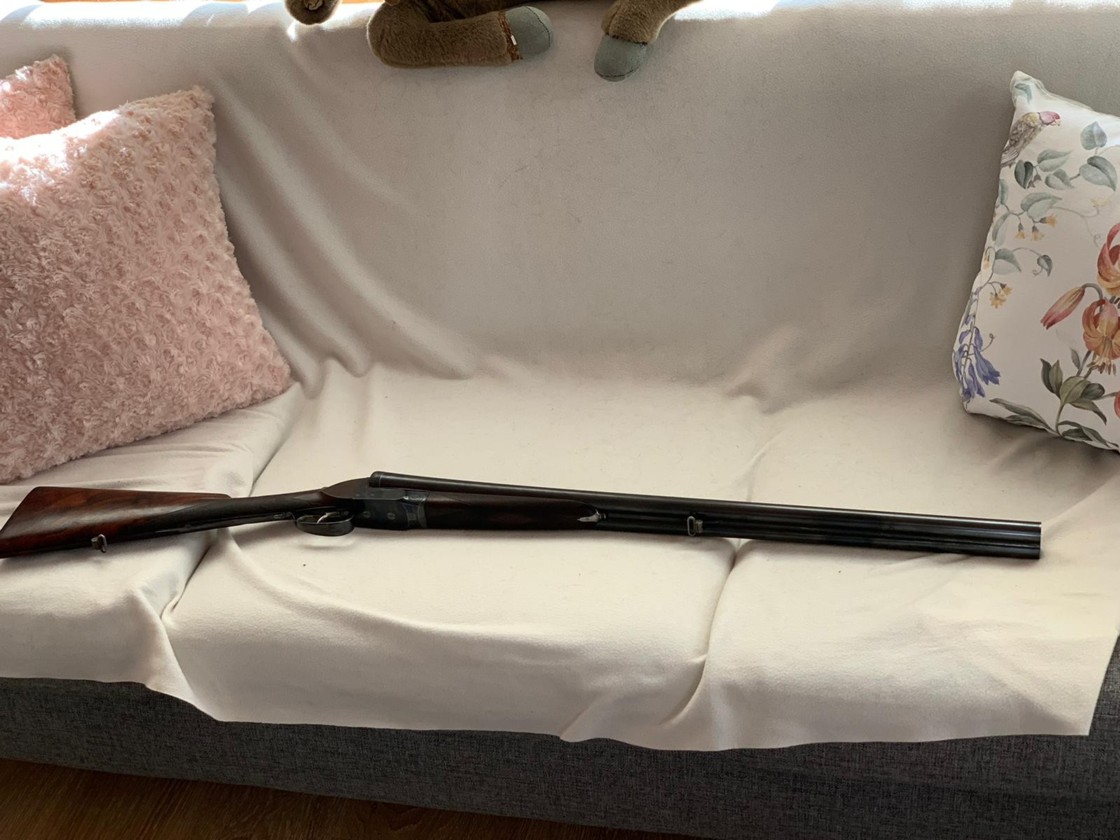
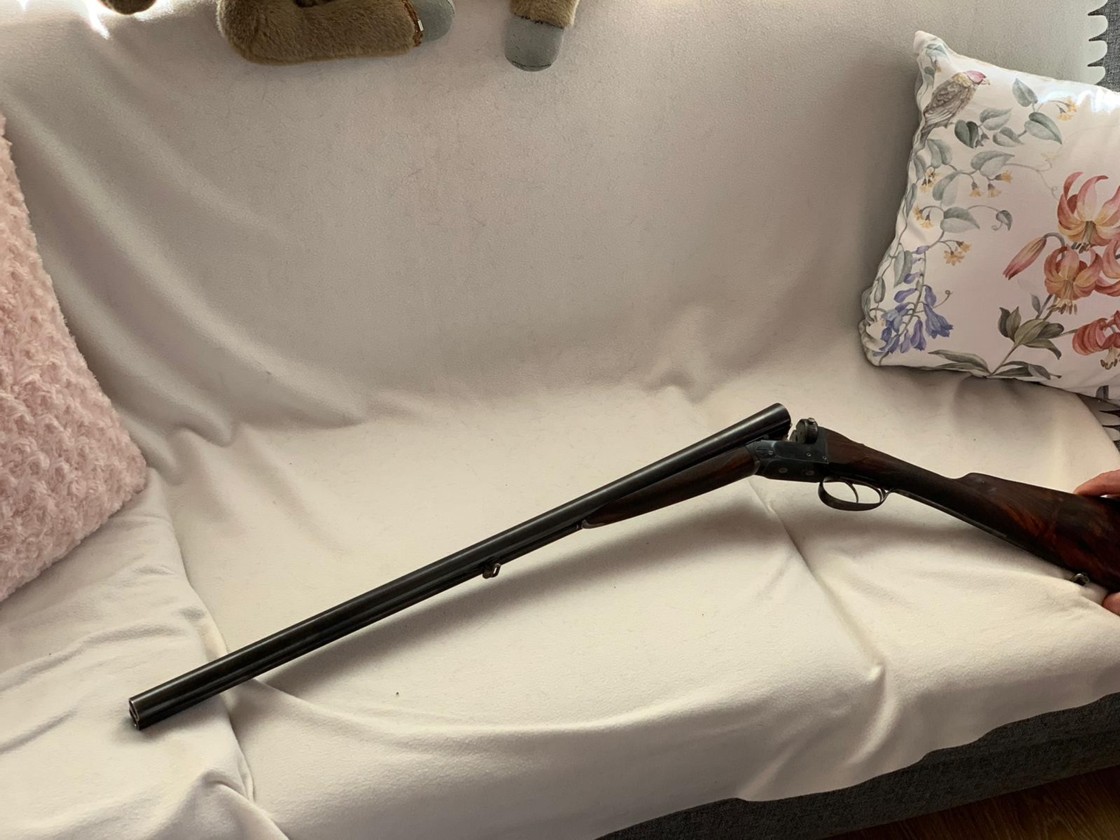
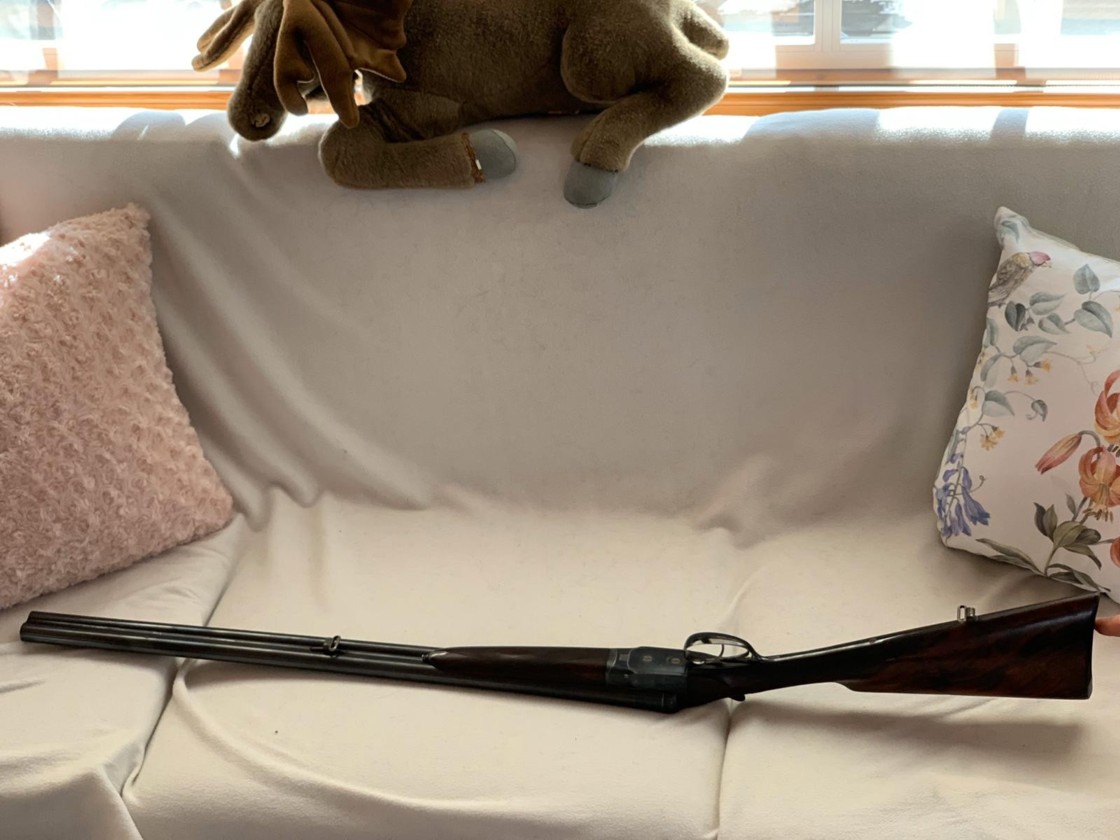
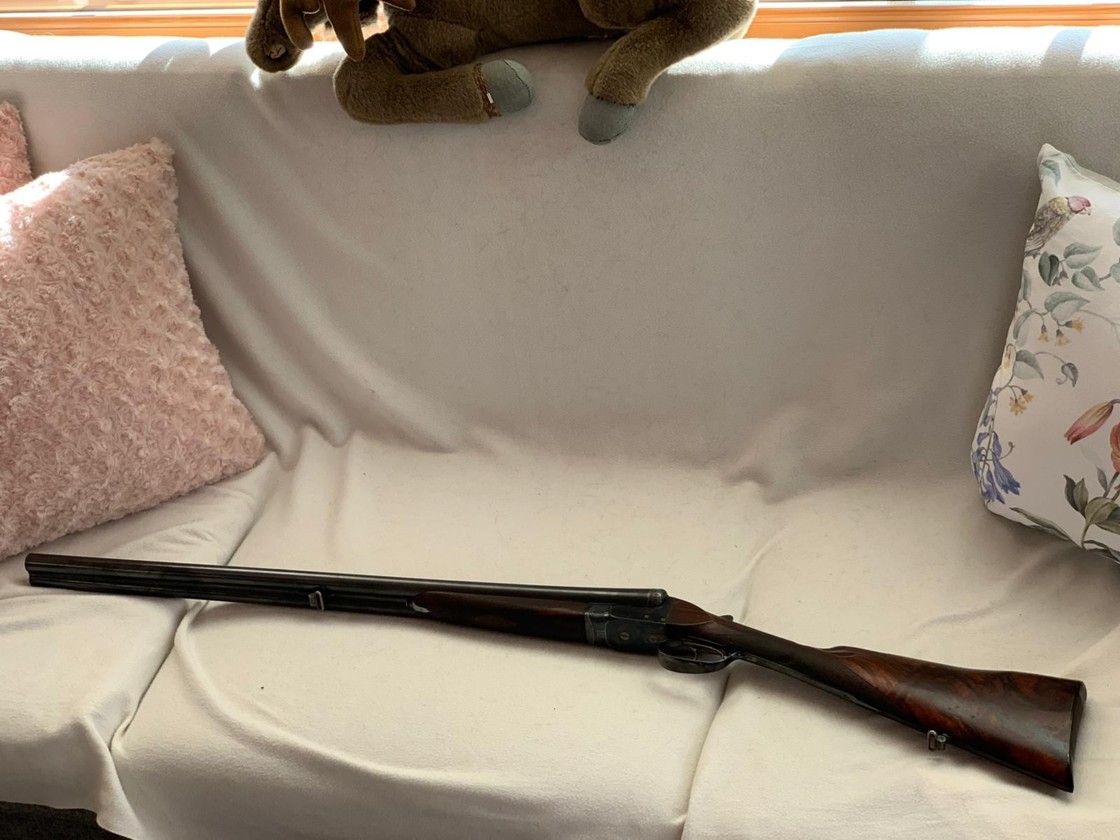
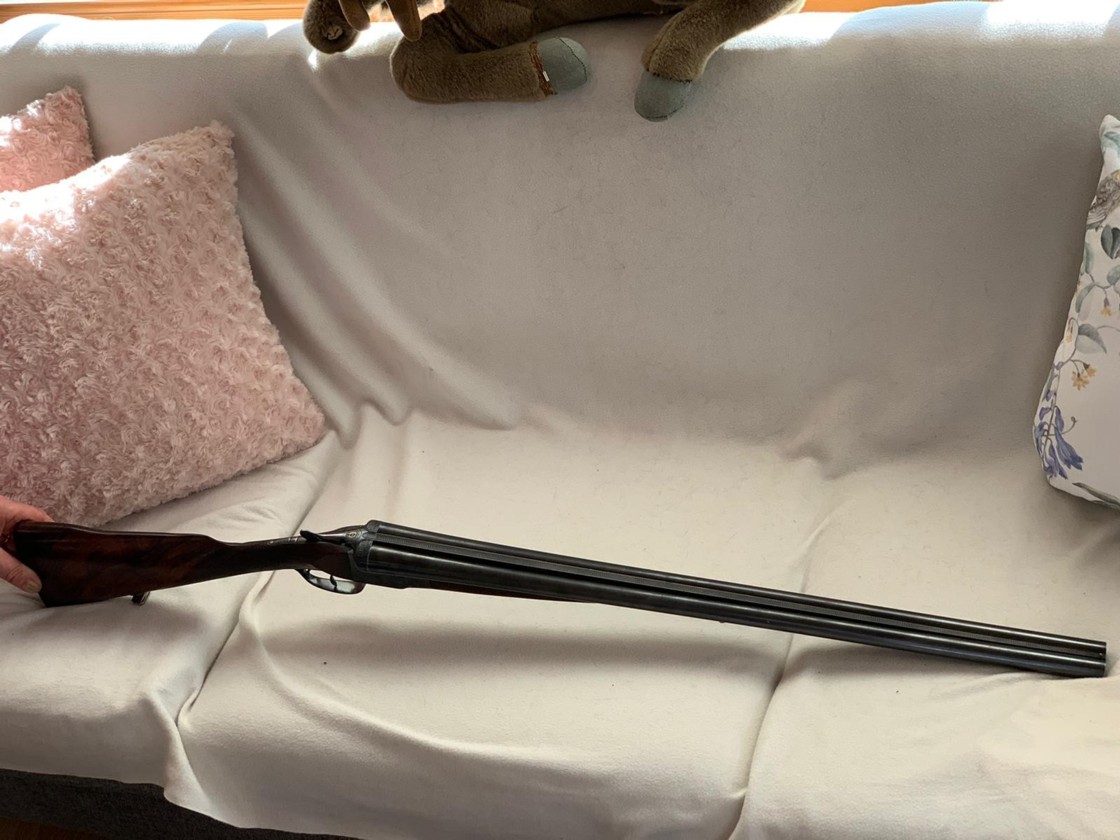
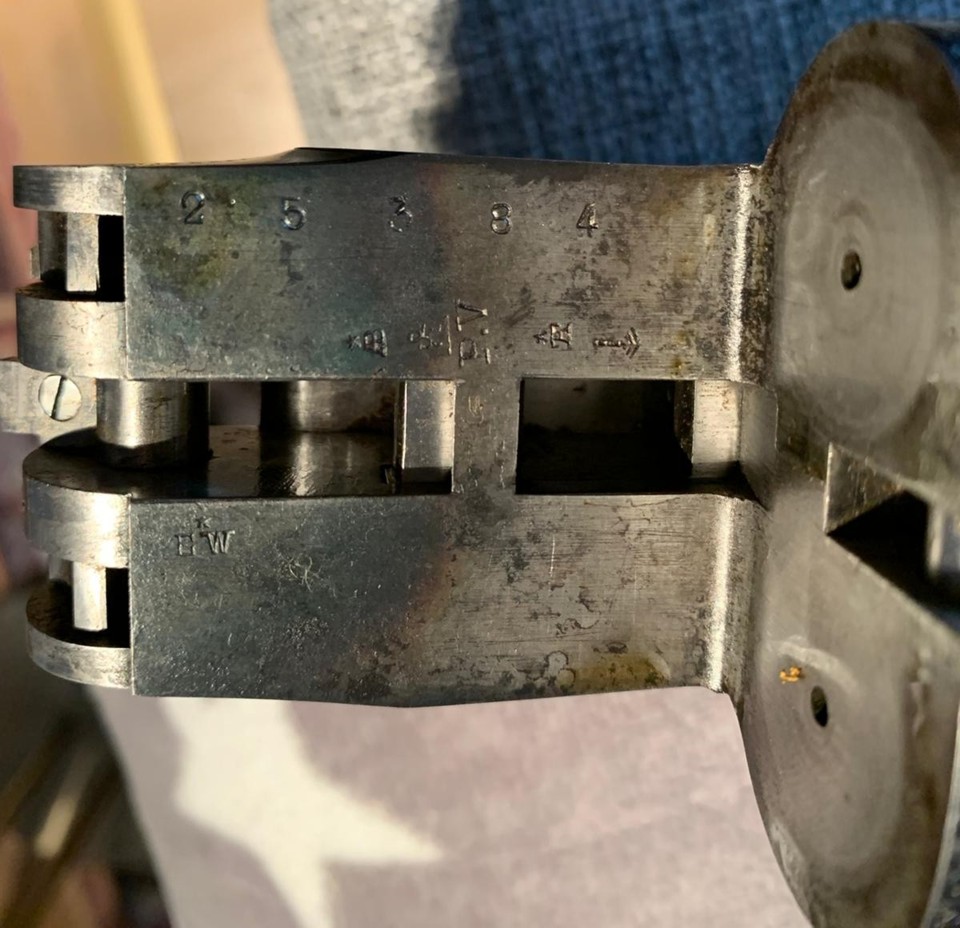
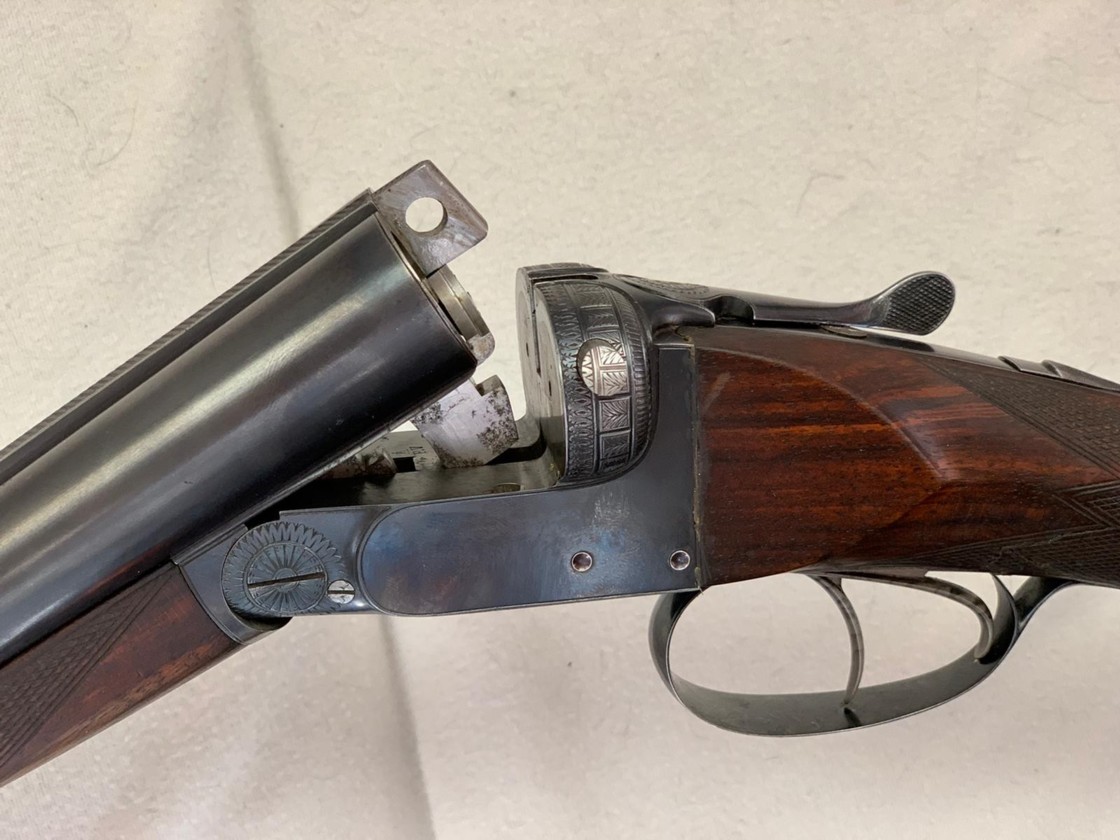
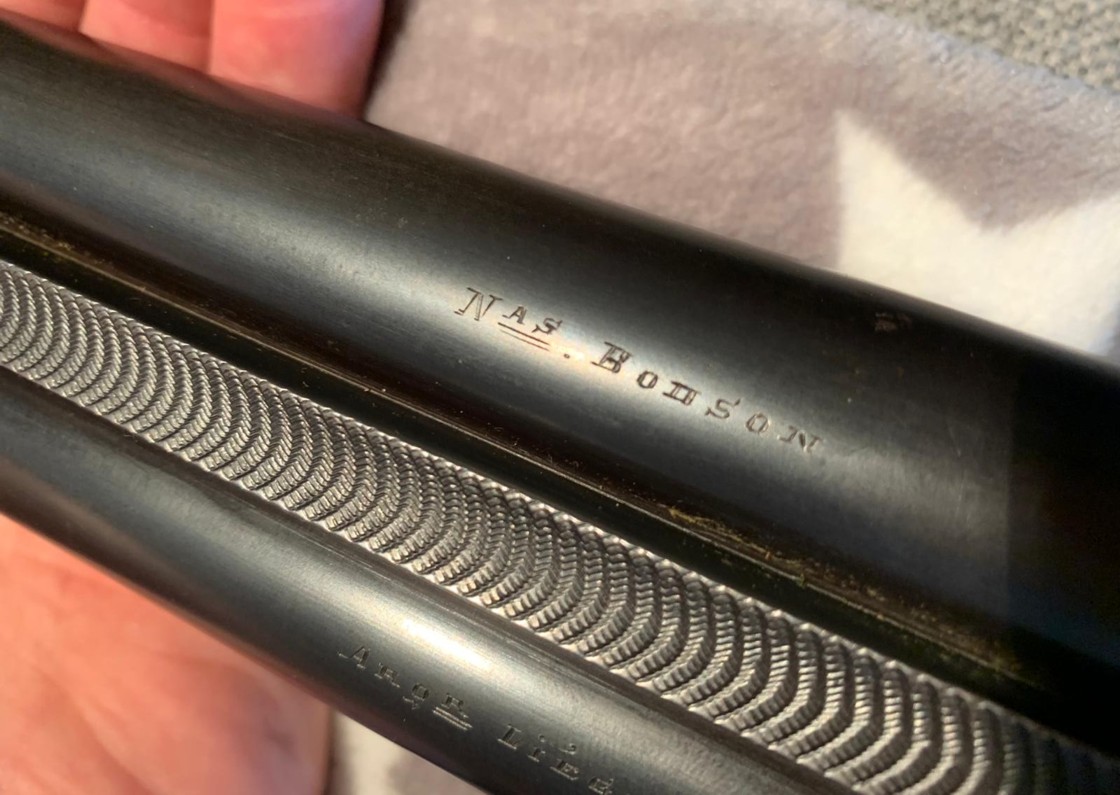
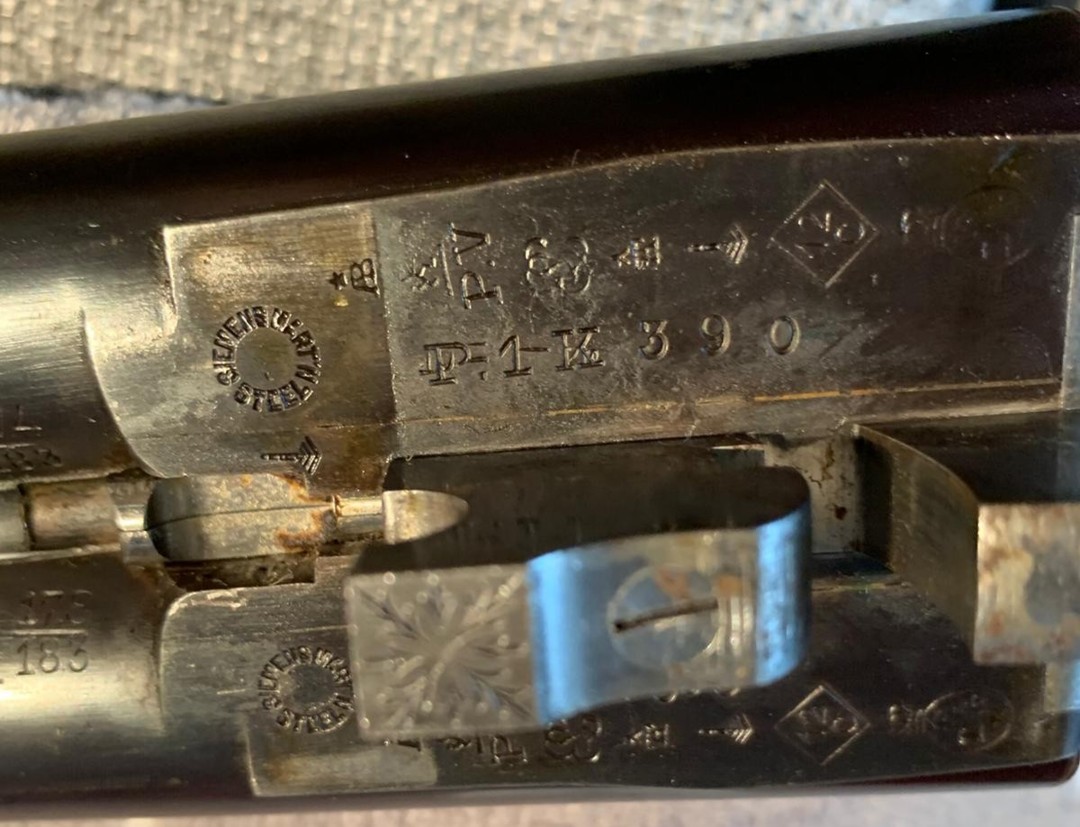
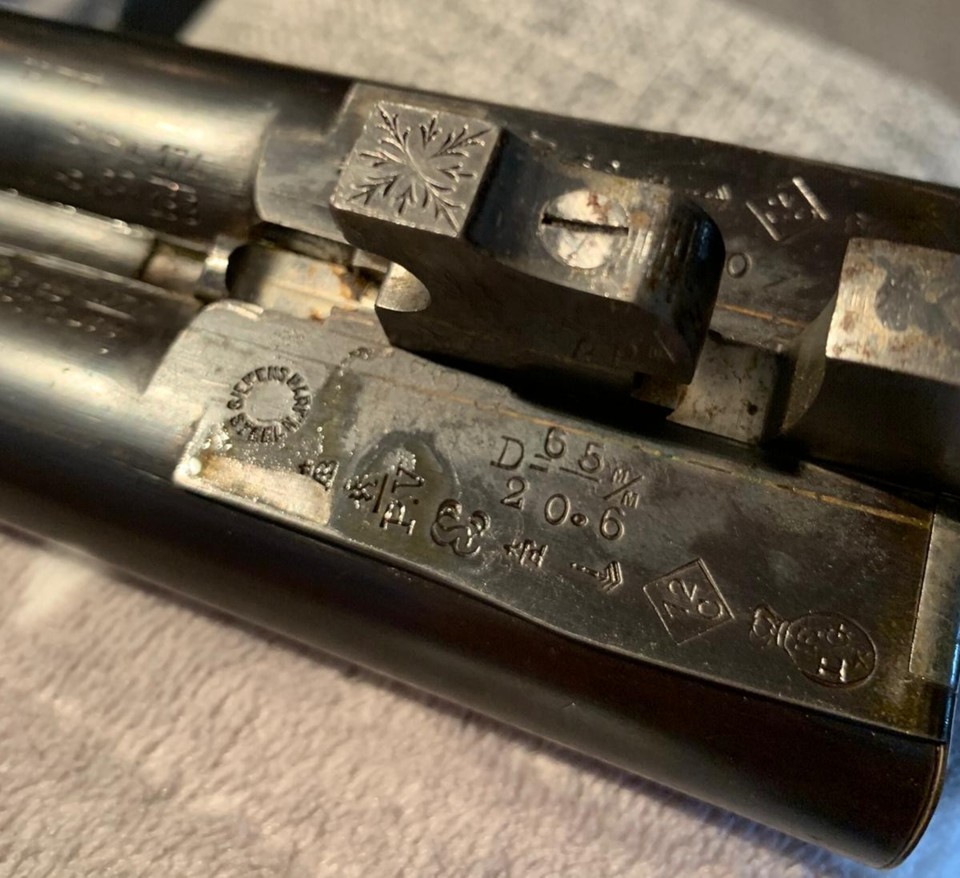
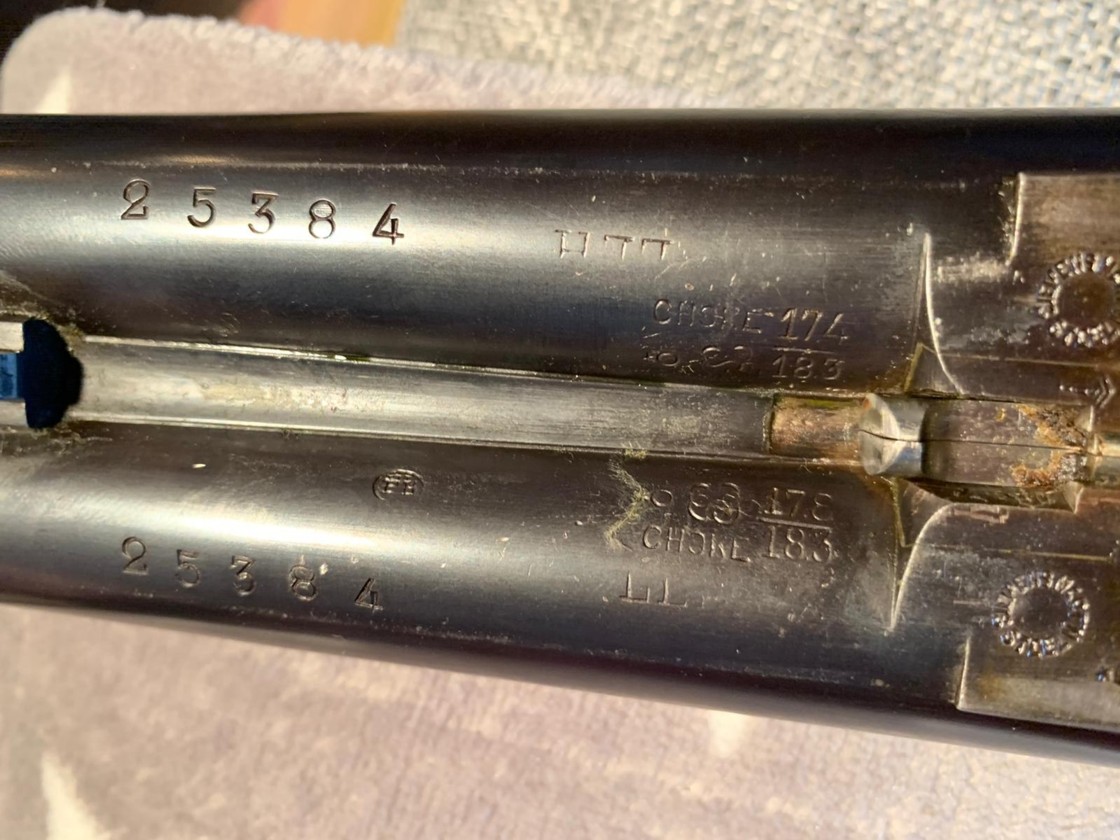
Emile WARNANT
Revolver
of box frame pocket of type Bulldog or Puppy following its size. The calibre is
of 320. The short and striped barrel is round with an front sight in half-moon.
The door on the right side is intended to allow the loading/unloading of the
ammunition of 320. The weapon is equipped with a rod swivelling on an axis, it
must be introduced in turn into the cells of the cylinder (6 blows) for the
unloading of the casings. The trigger is curved without trigger guard. It is
folded up under the carcass to facilitate the setting out of pocket. The
blackened wood grips (Walnut) is squared and are fixed using a central screw.
The
weapon carries the lawful punches of the proofhouse of Liege, namely:
ELG* in
a crowned oval:
final acceptance post 1893.
R
crowned:
rifled bore, of use of 1894 to 1968.
C*:
Countermark of the controller post 1877.
C
crowned:
probably a mark of founder of barrel?
The
weapon also carries the following marks:
EW under
star:
it is the mark of the gunmaker
Emile Warnant
street Lamarck, 99 in Liege. It was registered with the bench of tests of 1911
to 1934. He is the agent of 4 patents.
The
figure 2 could be the serial number of the weapon.
Detilloux
on an amount of stick could be a mark of subcontractor. The list of those
formally was never drawn up unfortunately.
GG
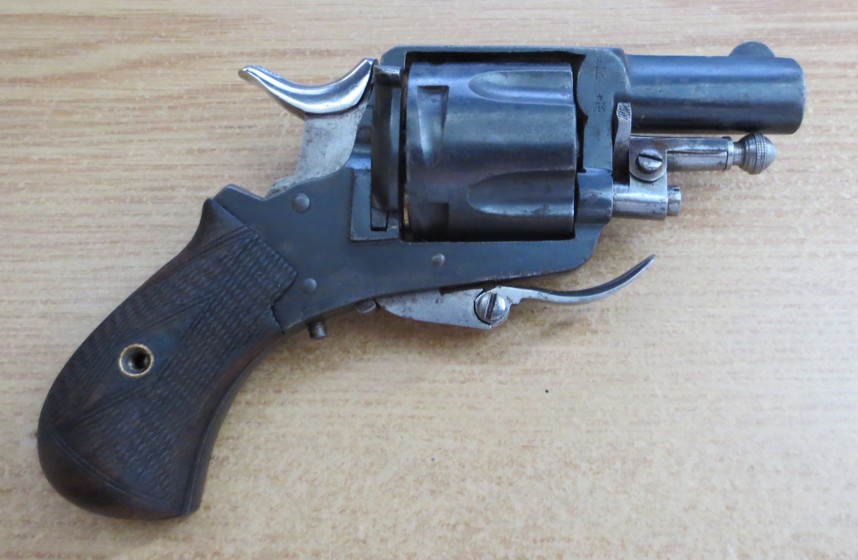
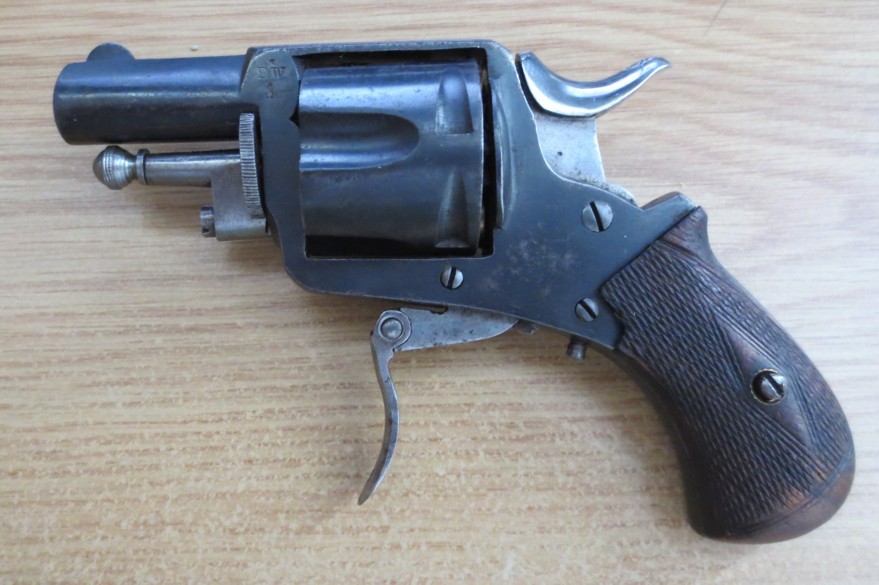

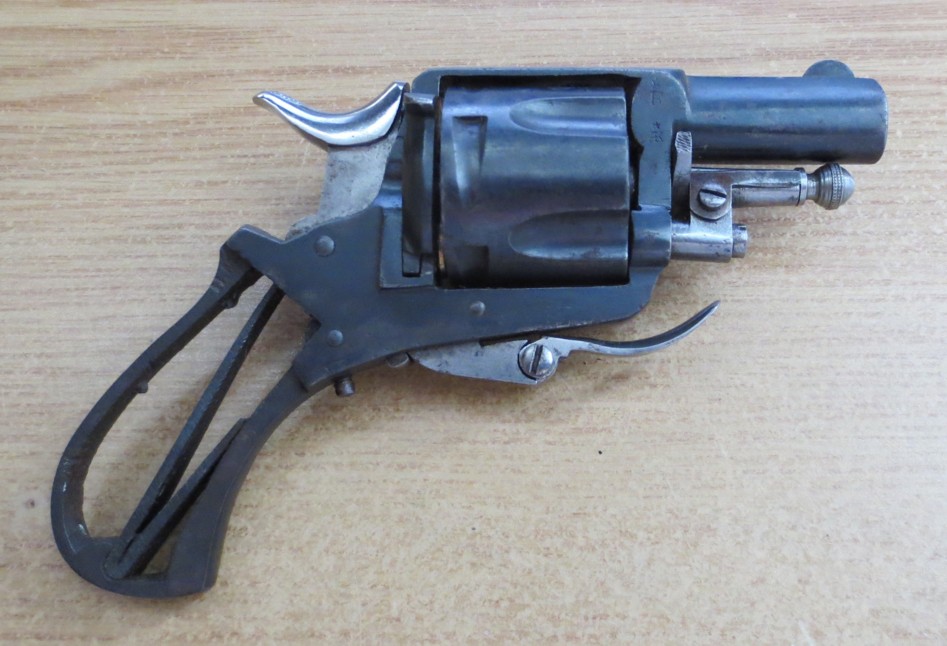
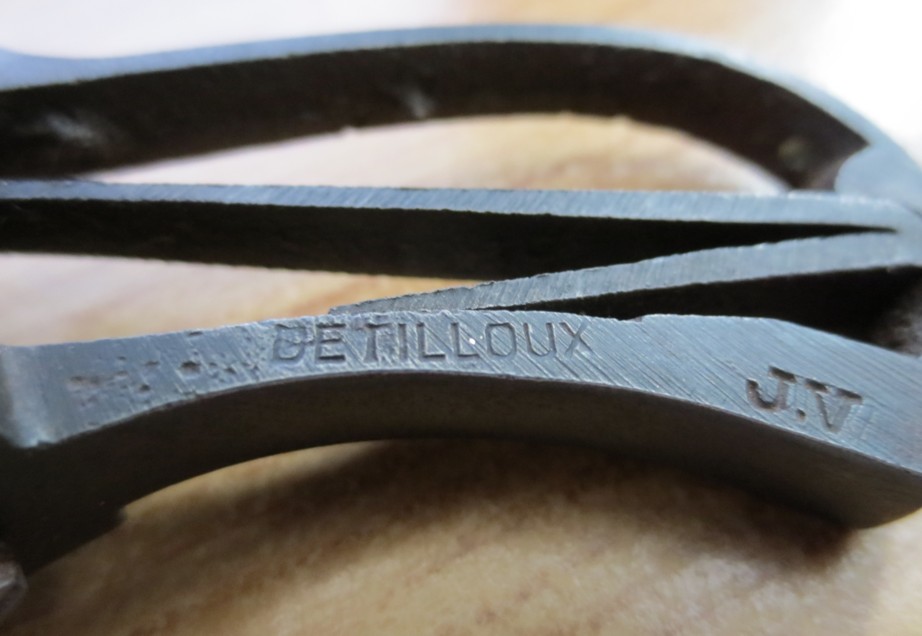
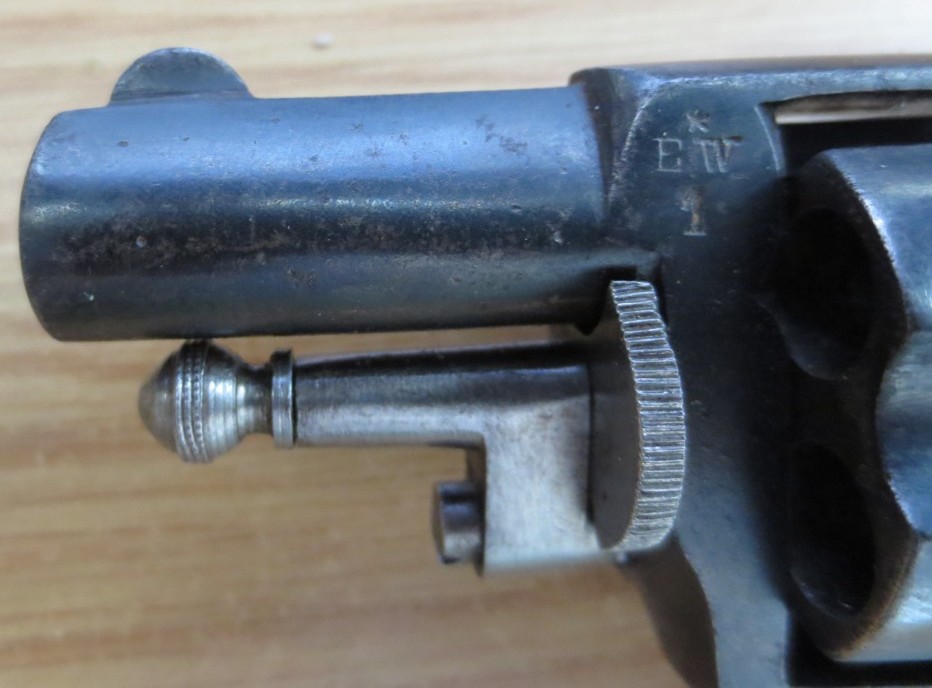
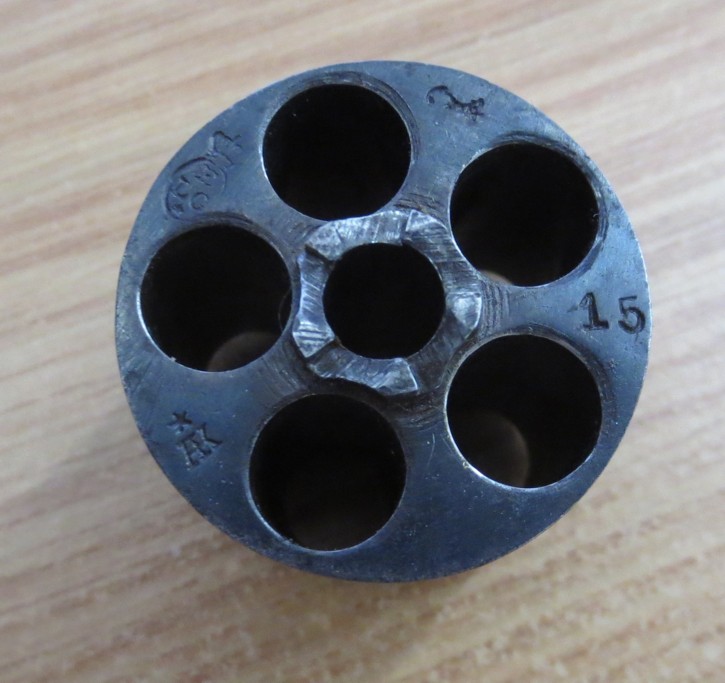
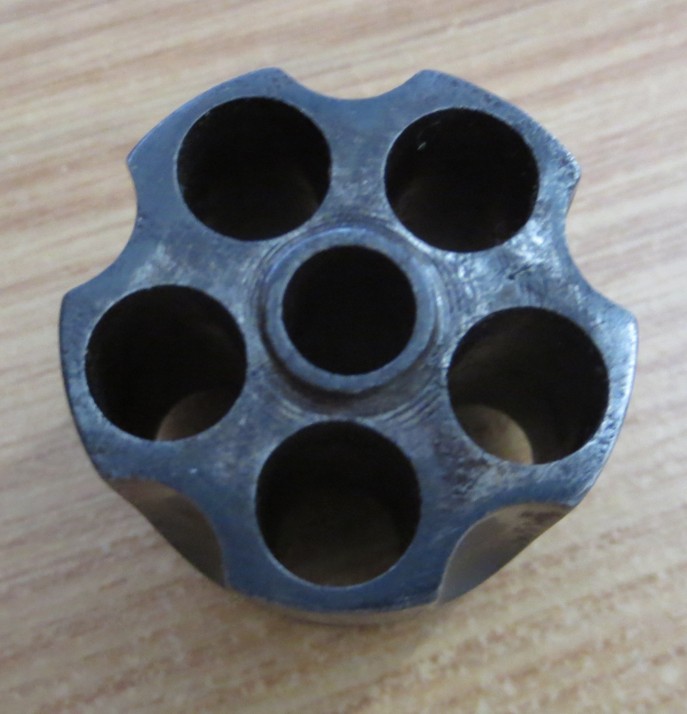
Emile WARNANT
It is about a rifle doubles hammerless with key top, safety on the tail of breech, unrifled bores of gauge 16, English stock in drowning, English engraving.
Punches
The punches struck the weapon are those of the proof house of Liege, that is to say:
Spangled ELG in a crowned oval: acceptance post 1893.
U and M spangled: countermarks of the controllers post 1877
Peron: inspection post 1853;
EL in cursive letters: provisional test of use post 1852
PV surmounted of a stylized lion: test with the powder without smoke, of use of 1898 to 1968.
16C in a rhombus on point: gauge, of use of 1898 to 1924.
P.1K 227: weight of the barrel which can draw from the powders without smoke (arms smooth), of use of 1892 to 1924.
16.3/17.0: chokes barrels: caliber in mm to 22 cm of the breech and the mouth, use of 1910 to 1924.
D = 65/19.0 m/m: length of the chamber in mm and diameter in mm after optional test with powder without smoke, of use of 1892 to 1924.
23829: should be the job number.
Markings
Crowned EW is the mark of Emile WARNANT in Liege and registered voter with the proof house of Liège of 1905 to 1934.
PL in an oval lying is unknown for me. It is perhaps the manufacturer of the barrels.
The mark rings “STEEL SIEMENS MARTIN of them is most probably the type of steel used for the manufacture of the barrels.
Date of manufacture: between 1910 and 1924.
GG
